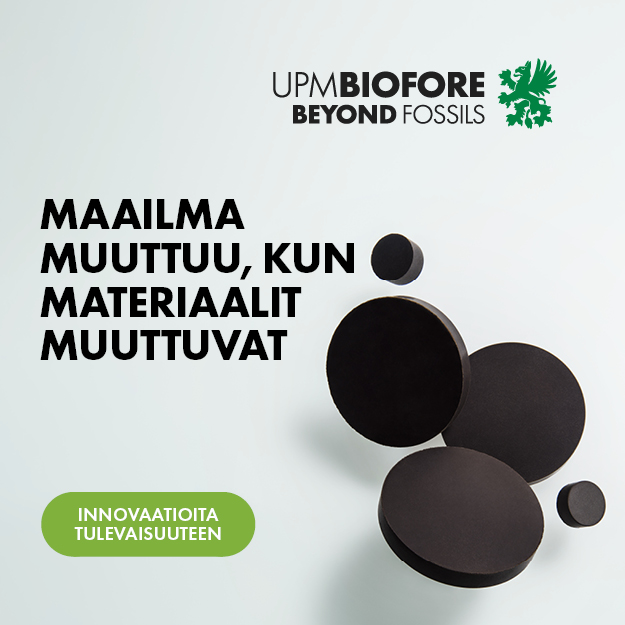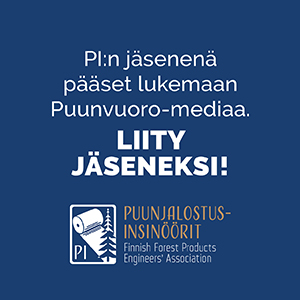The financial crisis has cast a long shadow over the economy. It caused a distinctive decline in forest industry investments in 2009. After that, the volume of investments in Finland has increased, reaching the level of approximately EUR 1 billion last year.
Even from the point of view of the entire country, Metsä Fibre’s decision on the Äänekoski bioproduct mill investment in 2015 can be regarded as a turning point in the recession. The EUR 1.2 billion investment is the largest forest industry investment that has ever been made in the Northern hemisphere.
“At that point, it was a bold and significant investment. Its size sets it apart from others, but other companies have also made numerous investment decisions,” Maarit Lindström, Chief Economist at the Finnish Forest Industries Federation, points out.
At the same time, she emphasises how important it is for the success of all of society that Finland is considered an attractive location for production facilities.
Part of the solution
Maarit Lindström talks about investments being part of forest industry companies’ transformation as they are looking for their direction.
“The differentiation of strategies and the concentration on the company’s own strengths can be seen in how investments are targeted. There are both new and replacement investments. The investments in efficiency improvements and product line changes are also important. For instance, paper machines have been converted into producing board.”
This can also be seen in production volumes: board, pulp and sawn timber volumes have increased. At the same time, investments improve production quality and price competitiveness.
Investments are needed when many global trends—such as urbanisation, increasing prosperity and ageing of the population and stronger emphasis on environmental values—increase the demand for products based on renewable raw materials.
“The forest industry wants to seize upon megatrends and be part of the solution, not part of the problem,” Lindström notes.
The forest industry has allocated resources to transformation also through research and product development. For instance, in 2016, companies’ R&D investments amounted to approximately EUR 100 million.
Maarit Lindström emphasises that in the processing industry the new is often built on what already exists, utilising the strengths of the sector and production side streams in a new way.
“Pulp, for instance, has sometimes been disparagingly called an intermediate product and a product with low added value, but that definitely is not true. It is a very valuable material—truly a super material! In addition to current production, it has the potential for many new products. It is important that we find more of these.”
Text: Sami Laakso
Picture: UPM



